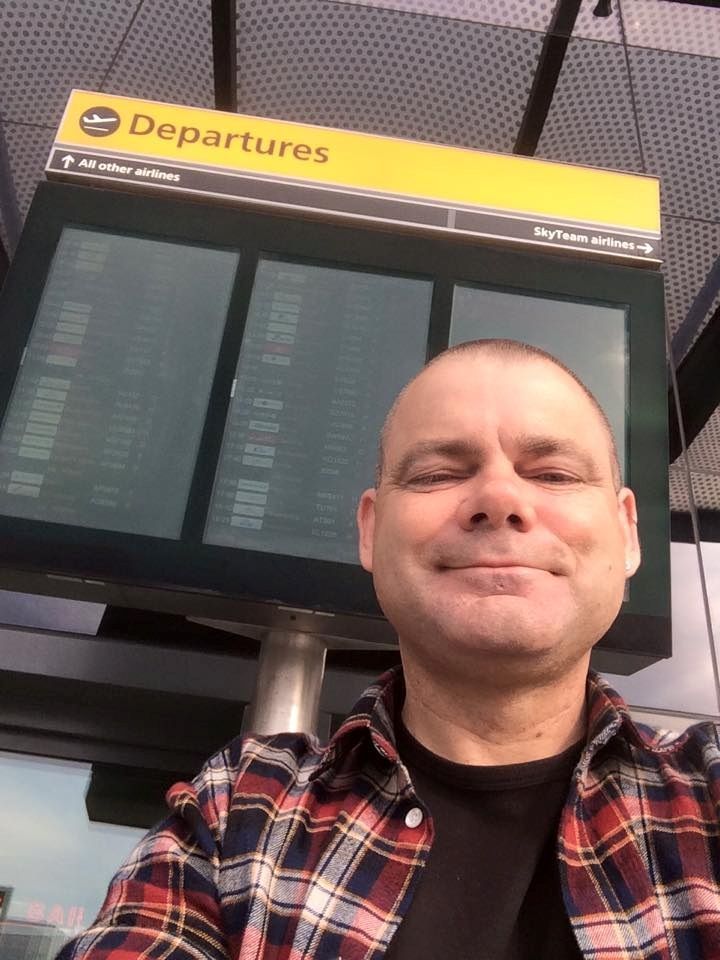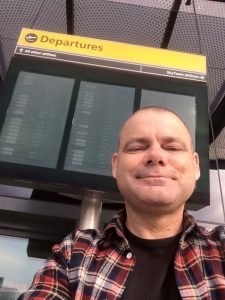
Head in the clouds
Bob Green is the Chief Executive of Stonewall Housing
I have had a dream ever since I started at Stonewall Housing 10 years ago: to start housing for older lesbian, gay, bisexual and transgender (LGBT) people within the United Kingdom.
LGBT communities face particular challenges that impact on their housing needs as they age. Evidence shows that older LGBT people are statistically more likely to live alone and are less likely to have children or extended family networks they can call on for support. Some are reluctant to ask for help/support from formal housing, health or social care providers because of fear of discrimination. Fear of homophobic, biphobic, transphobic responses and worries about harassment will influence whether or not they disclose their sexual orientation/gender identity.
The reality is that older LGBT people are often living in unsuitable and unsupportive environments. Research into LGBT ageing indicates that our communities have particular needs in relation to care and support, as we are at greater risk of isolation and dependence on services as we get older.
Stonewall Housing lead on the National LGB&T Partnership’s work on producing an LGB&T Companion to the Adult Social Care Outcomes Framework (ASCOF) in 2015 which included the largest survey to date of LGBT experiences of social care.
When asked about residential settings, 33% felt unsafe and only 13% were satisfied with the care. In other published research, Stonewall found that 73% of older LGB people said they wouldn’t feel comfortable disclosing their sexual orientation to care staff, which has implications of how older LGBT people access services.
At the moment, when someone comes to Stonewall Housing looking for accommodation tailored for their needs, we have to tell them that the nearest schemes are in Berlin, Sweden or the USA.
Stonewall Housing is delighted that Commonweal Housing and the Big Lottery have agreed to fund a feasibility study to establish if there is demand for a scheme in the UK and if so, what it would look like. We are fortunate to be able to work alongside the Homes and Communities Agency and Freshfields Law Firm to carry out the feasibility study which we hope will attract further investment and delivery partners to make our dream a reality.
I could not have dreamt of a better way to start the feasibility study than to visit 3 affordable housing schemes in the United States that have been set up for older LGBT people. The visit was funded by the London Housing Foundation as part of their Post-Graduate Certificate in Leadership in Housing and Homelessness.
For a week in August, I packed one carry on bag and travelled over 11,000 miles, crossing 8 timezones, spending over 24 hours in the air, to visit schemes in Philadelphia, Minneapolis and Los Angeles to ask if their older LGBT housing might happen one day in the UK.
I recorded a video diary each day to record my jetlag, my struggles in the heat and my feelings visiting each of the schemes.
The visits were inspirational and taught me vital lessons:
THE SCHEMES
The schemes were of different sizes (46, 56, 104 flats – some single-only, some had larger flats available) and all opened in the last 2 or 3 years. All offered affordable housing restricted to those on low-incomes because they were developed with specific funding that relied heavily on particular city and state grants, which attracted investors through tax credits.
LGBT
Funding meant that none of the schemes were LGBT-exclusive, but all advertised themselves as LGBT-friendly and LGBT occupancy ranged from 33% to 50% to 90%. One resident remarked that being exclusive was not as important as being the majority or at least equal in number. However, all were marketed within the LGBT communities and proudly promoted themselves as LGBT-friendly with signs outside, positive images inside and even rainbow windows in one case. Therefore, when vacancies arose queues formed along the streets for all the schemes. Even where LGBT people were in the minority the schemes still created a sense of ‘family’ and their ‘piece of heaven’, where residents felt safe from abuse, even in neighbourhoods that were described as ‘rough’.
COMMUNITY SERVICES
Location and the development of services within the schemes were important. 2 schemes were very near LGBT centres in the city which offered services for residents in house and close by, while the third project offered space to an LGBT library which brought others from the community into the scheme. All schemes explained that management of the scheme and the waiting lists was vital to the success of the schemes.
FUNDING
Some warned about restricting future use by attracting certain funding at the early stages (one scheme can not limit applicants to older people for instance). Also, another scheme warned against attracting funds for this project that might detract valuable resources from other projects. Donations from the LGBT communities made all the difference and were vital in developing extra services such as communal spaces and even a swimming pool!
BEYOND COMMUNITY
It was exciting to see LGBT groups working with local communities to develop housing that meets the needs of a range of people on low incomes. Also, I learnt that it is important to engage with our communities but it is even more important to get the right people around the table to help get the idea off the ground, having friends in the right places and not having ‘meetings to meet’.
WHAT NEXT
The great thing was that all 3 cities had dreams to go further, to develop more housing options and services for LGBT communities with the ‘infinite potential of surprise’ while learning how to improve on what they have achieved (e.g. one is considering intergenerational housing and another will spend less on external design and more on internal facilities).
America is different from the UK in many ways, but I think the needs and aspirations of the LGBT communities are so similar on both sides of the pond that we can learn from the American achievements and mistakes. I asked residents in all the schemes if we should open similar projects in the UK and all were quick in their response: ‘definitely’. And everyone I met was excited about creating an international exchange of LGBT communities who will begin to start an open conversation about ageing in our communities.
I touched down in Heathrow but I’m sure my head is still in the clouds, and that isn’t just the jet lag. Thanks to the support of Commonweal Housing and Big Lottery, I am looking forward to seeing what version of housing we can develop for older LGBT people in the UK.
For more information about the feasibility study and how to get involved: contact bob@stonewallhousing.org
Bob Green, Chief Executive, 18th September 2015

